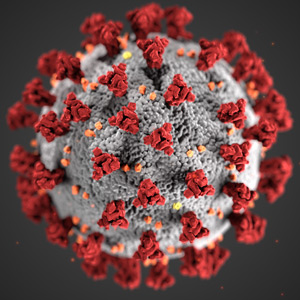The following essay originally appeared in Valeurs actuelles on April 2, 2020, and is published here in English translation by permission of the author. Translated by Russell A. Berman.
 History is always open, as everyone knows, and this makes it unpredictable. Yet in certain circumstances, it is easier to see the middle and long term than the near term, as the coronavirus pandemic shows well. For the short term, one surely imagines the worst: saturated health systems, hundreds of thousands, even millions of dead, ruptures of supply chains, riots, chaos, and all that might follow. In reality, we are being carried by a wave and no one knows where it will lead or when it will end. But if one looks further, certain matters become evident.
History is always open, as everyone knows, and this makes it unpredictable. Yet in certain circumstances, it is easier to see the middle and long term than the near term, as the coronavirus pandemic shows well. For the short term, one surely imagines the worst: saturated health systems, hundreds of thousands, even millions of dead, ruptures of supply chains, riots, chaos, and all that might follow. In reality, we are being carried by a wave and no one knows where it will lead or when it will end. But if one looks further, certain matters become evident.
It has already been said but it is worth repeating: the health crisis is ringing (provisionally?) the death knell of globalization and the hegemonic ideology of progress. To be sure, the major epidemics of antiquity and the Middle Ages did not need globalization in order to produce tens of millions of dead, but it is clear that the generalization of transportation, exchanges, and communications in the contemporary world could only aggravate matters. In the “open society,” the virus is very conformist: it acts like everyone else, it circulates—and now we are no longer circulating. In other words, we are breaking with the principle of the free movement of people, goods, and capital that was summed up in the slogan “laissez faire,” i.e., let it go, let it pass. This is not the end of the world, but it is the end of a world.


